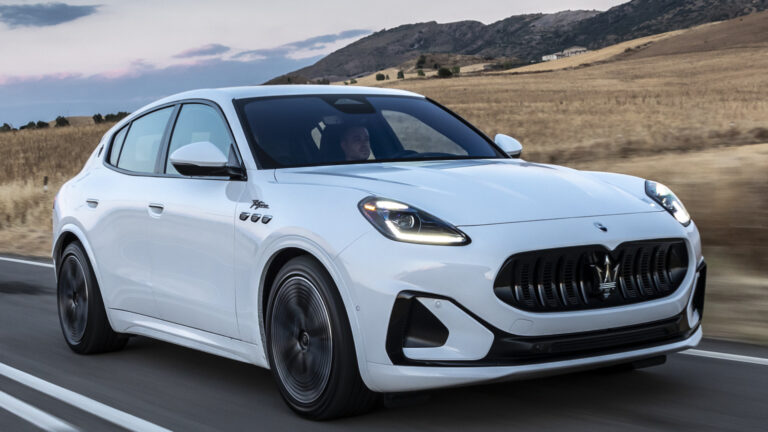TOKYO — Mitsubishi Motors Corp. may be preparing to scale back its efforts in the U.S.
CEO Takao Kato says the Japanese carmaker’s new strategy will focus less on huge global markets where the brand is merely an also-ran.
Addressing investors during Mitsubishi’s annual shareholders meeting last week, Kato said the automaker will dial down business in megamarkets such as Europe and China. He didn’t mention North America or the U.S. by name. But the company later confirmed that it indeed considers the U.S. a megamarket.
The company’s new plan is called Selection and Concentration. Under Mitsubishi’s previous business plan, Drive for Growth, the carmaker had specifically flagged North America and China as two regions of focus.
“Even though we increased sales volume in the megamarkets, we have not yet achieved the level of profit we expected,” Kato said. “We aim to increase sales in the regions where we can offer our core products. We will gradually reduce our commitment to megamarkets.”
Mitsubishi already had announced its plan to double down in regions where the company has momentum, such as Southeast Asia and Oceania. It will also divert more R&D resources into the kinds of vehicles that are popular there, such as pickups, SUVs and people-mover vans.
Mitsubishi hasn’t spelled out exactly what this strategy shift means for developed markets. But they clearly won’t be a top priority now.
Under a new plan to avoid regional overlap among the Renault-Nissan- Mitsubishi alliance partners, Nissan will take the lead in the U.S. and China, while Renault will spearhead business in Europe. Mitsubishi will be responsible for Southeast Asia and Oceania.
In the fiscal year ended March 31, Mitsubishi’s volume in North America fell 8 percent to 160,000 vehicles, while its Europe volume declined 9 percent to 215,000. Southeast Asia sales dropped 9 percent but still topped the regional ranking, at 290,000 vehicles.
In the U.S., Mitsubishi sales increased 2.5 percent to 121,046 vehicles in 2019. But it sold fewer than estimated at luxury electric vehicle maker Tesla.
The Mitsubishi shareholders meeting was held almost entirely online — just 20 shareholders showed up in person because of precautions to prevent transmission of COVID-19. Mitsubishi encouraged people not to attend and truncated the usual, hourslong event to less than 60 minutes. Every company official wore a mask, including Kato, who kept it on during his presentation.
One shareholder took issue with executive pay cuts announced this year. The investor suggested Mitsubishi should mitigate the cutbacks so executives would have more cash to spend to help stimulate a Japanese economy still reeling from the pandemic slowdown.
But Kato pushed back, saying: “I think we all need to share the pain.” He noted workers took a 10 percent cut when Mitsubishi suspended output at Japanese plants because of slumping demand.
In April, after warning that the company would post a full-year net loss, Mitsubishi said executives would have their pay cut almost in half. Base compensation for top-level executives was slashed by 20 to 30 percent, and performance-based pay was eliminated for this year.
The total hit amounts to around a 45 percent reduction, Kato said at the time. Last week, Kato warned that the company is gearing up for more belt-tightening.
Mitsubishi aims to cut global fixed costs by 20 percent, or ¥100 billion ($927.6 million), through the fiscal year ending March 31, 2022.
“We will start implementing these cost reduction measures as soon as possible,” Kato said. “We will cut costs in a variety of areas, including capital expenditure, R&D, advertisement, indirect labor and general expenses to reduce fixed costs.”
